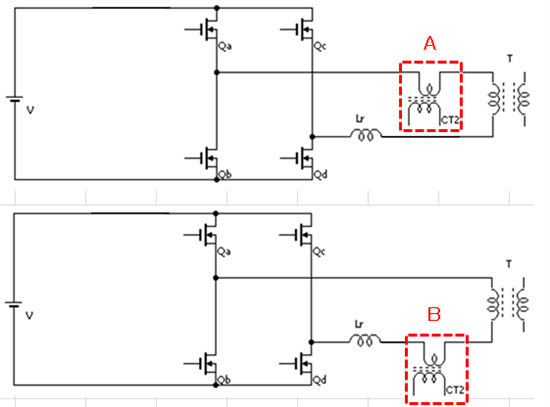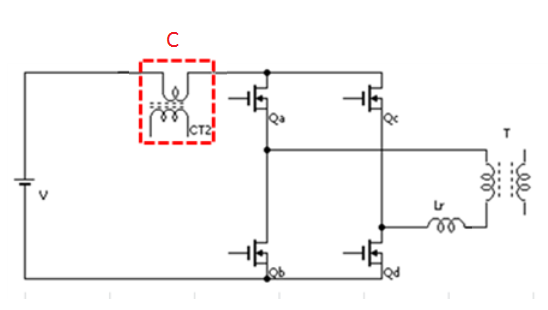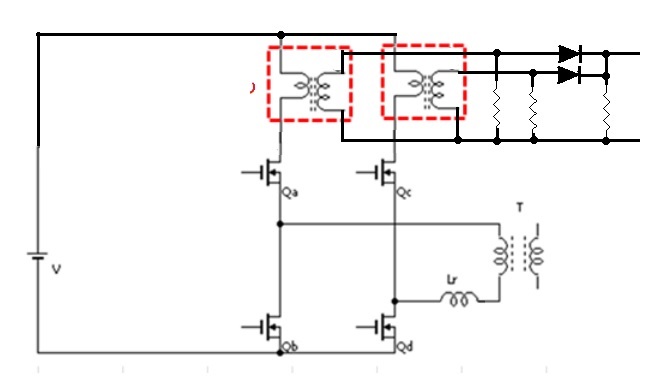Hi,
Our customer is now evaluating UCC28950 and now they try to move the current position. They moved CT to near primary side of transformer like attached but they can not confirm the same operation compared with original position. They tried to move it because they found that the vwaveform at CS pin was cleaned off.
Best Regards,
Sonoki / Japan Disty




